Mid-Autumn Festival is also called Moon Festival or Mooncake Festival. As one of four traditional Chinese festivals, formed with Chinese New Year, Qingming Festival, and Dragon Boat Festival, its cultural importance ranks second behind the Spring Festival. The Moon Festival is a feast for Chinese people to gather and admire the moon.
Mooncake Festival is celebrated on the 15th day of the 8th month in Chinese lunisolar calendar. Citizens will have one day of the Mid-Autumn Festival holiday. Sometimes, it comes with or one day earlier before the National Day, celebrated on Oct. 1 of the solar calendar, forming an 8-day holiday together. Mid-autumn Festival 2025 will come on October 6. The next one will fall on September 25, 2026.
It is a great time when Chinese people reunite with families to watch the full moon and eat moon cakes. Not only a reunion day Mid-Anumn Festival is, but it is also a traditional harvest day. Because it comes in autumn, a harvest season, more about the Mid-Autumn Festival's history, traditions, and how the Chinese celebrate it will be represented as follows.
Table of Contents
When Is Mid-Autumn Festival 2025?
Why Is Mid-Autumn Festival Celebrated?
Mid-autumn Festival Story & Legend
Mid-autumn Festival Traditions
Mid-Autumn Festival Foods
Where to Experience the Mid-Autumn Festival in China
Which Countries Celebrate Mid-Autumn Festival besides China?
FAQs about Moon Festival
When Is Mid-Autumn Festival 2025?
Mid-Autumn Festival came in the middle of September last year. In this year, it will fall on October 6, 2025. On that day, mainland Chinese will have a day off. Most of the time, it will come with the weekend to form a three-day holiday. If adjacent to the National Day, the holiday will celebrated for 8 days. Besides, people living in Hong Kong and Macao will enjoy one-day holiday as well. More about recent Mid-Autumn Festival dates are enumerated below for your reference, which can help you more conveniently plan your trip.
Year Date of Mid-autumn Festival Public Holiday 2023 September 29 September 29-October 1 2024 September 17 September 15-17 2025 October 6 October 1-8 2026 September 25 September 25-27 2027 September 15 September 15 2028 October 3 October 1-3
Why Is Mid-Autumn Festival Celebrated?
The Mid-Autumn Festival history can be traced back to thousands of years ago. It initially formed in the Tang Dynasty (618-907 AD), and originated from the ancient Chinese worship of the moon, which was closely associated with agricultural activities. It was believed that the moon phases provided farming guidance for agricultural production, and worshiping the moon could bring a good harvest. Relevant rituals would be held to show their reverence towards nature and the universe.
Chinese lunisolar calendar divides a year into four seasons, of which autumn comes in August, September, and October. The worship rituals happened in August, therefore the festival was called Mid-Autumn Festival and Autumn Moon Festival. In Chinese culture, the Mid-Autumn Moon Festival has been full of historical and cultural significance, which means not just moon worship but the symbol of family togetherness.
Mid-autumn Festival Story & Legend
Story of Chang'e
Of all Mid-Autumn Festival stories, the story of Chang’e Flying to the Moon is the most popular one. The husband of Chang’e, Hou Yi, was rewarded an elixir of immortality since he shot down nine of the ten suns to save folks from heat suffering. However, he did not want to turn an immortal without his wife’s companion. Therefore, Hou Yi gave the elixir to his wife, Chang’e, to keep it well.
On the 15th day of lunar August when Hou Yi was out for hunting, a follower of Chang’e, an evil person, tried to force Chang’e to hand over the elixir. In her extremity she ate it, flying higher and higher, and finally turned out an immortal. Not wanting to be farther away from her husband on Earth, Chang’e chose the moon as her place to stay. In this way, she could constantly see him from the moon. Hou Yi was sad about the news. Since then, he made sacrificial offerings to Chang’e on the August 15 of the Chinese calendar, like mooncakes, and fruits, which were passed down through the generations. Therefore, Mid Autumn Festival was also known as the Mooncake Festival.
According to the folklore, not being alone on the moon, Chang’e is accompanied by a rabbit, which is as white as jade, therefore, it is named Jade Rabbit. As time slipped by, the jade rabbit is considered a synonym of the moon in Chinese beliefs.
Wu Gang Cutting Osmanthus Tree
Another historic legend regarding the Mid-Autumn Day is about a male youngster called Wugang. According to the legend, there was an epidemic in Xianning, in Today’s Hubei. Most of the villagers died in the outbreak. And Wu Gang’s mother was sick of it. Wu collected herbs for his mother every day, which was moved Guanyin, who told him that the osmanthus tree on the moon palace, whose flowers soaked into water could cure people.
An elevator to the moon palace would appear on August 15 in the lunar calendar. Wu used it to reach the moon palace and found the tree after going through innumerable trials and hardships. He shook the tree, making flowers fall into the river on earth. Folks drank the river water and all were cured.
The Jade Emperor got angry after knowing what Wu did and the osmanthus flowers were all gone. Being caught by heaven soldiers in front of the Emperor, Wu explained the reason why he needed the flowers, which impressed the emperor. But he still would be punished. Before that, the emperor asked Wu’s requirements. He said that he wanted to take the tree to the earth to save folks from the pandemic. The emperor said he could take it as long as cutting the tree down.
It turned out that the tree grew quickly once it was cut. Since then Wu stayed in heaven for thousands of years to cut it without going home. To express missing his mother, he throws a branch of the tree during the Mid Autumn Festival year, turning the mountain full of osmanthus trees.
Mid-autumn Festival Traditions
Eating Mooncakes
Moon cake is not only an indispensable Mid-Autumn Festival food, but also the symbol of the day. Due to the round shape, it represents reunion. Households tend to eat it while admiring the moon. In addition to that, it is constantly considered as the Mooncake Festival gift to friends or relatives.
Reuniting with Family
The roundness of the moon means reunion. And the Mid-Autumn Festival is the most significant time to reunite with family, people working outside try their best to go home to gather with family members and have a big dinner. The public holiday, listed as a statutory holiday in 2008, is for people living or working in different areas with families to have enough time to go home. For people who are far from home, they tend to gather with their friends.
Worshipping the Moon
As one of the most typical traditions, it has a history of over 3,000 years. On the evening of the Mid-Autumn Day, people tend to set a table to worship the moon and the god, placing incense burners, and sacrifices, like mooncakes, fruits, and snacks. It is believed that the worshiping can bring them good luck and make their wishes come true.
Enjoying Lantern Displays
As mentioned lanterns, it is associated with the Lantern Festival. In addition to symbol of the Lantern Festival, it also plays an important role in the Mid-Autumn Festival. On that day, Mid-Autumn Festival lanterns will be decorated on the streets. Residents make lanterns and carry their lanterns across the streets. Some of them tend to release lanterns, like Kongming lanterns, or hang out to enjoy the lantern displays. The round shape of lanterns also carries the meaning of reunion. There are many shapes now, like flowers, other plants, and animals.
Appreciating the Moon
In Chinese culture, the moon symbolizes the reunion. And the moon on that night is regarded as the fullest and brightest one in the whole year. Folks will stay together with their families to admire the moon after dinner. An old verse goes like this “Looking up I find the moon bright, Bowing, in the homesickness I’m drowned.” For those working away from home, they appreciate the same moon as their family members, which seems like they are together.
Mid-Autumn Festival Foods
Mooncakes
In addition to different shapes and flavors of Mid-Autumn Festival mooncakes, including sweet and slated, there are various fillings as well. Traditional fillings include egg yolk, lotus seed paste, red bean paste, nuts, meat, fruits, etc. Mooncakes mixed with local special tastes exist in different regions of China. In Canton, sweet ingredients are the major fillings, that cater to locals’ tastes. While in Suzhou, both sweet and salty fillings are welcomed, like chive lard, ham lard, and shrimp stuffing. With food processing development, more flavors have been created combined with modern tastes, putting fruits and desserts, like durian, and ice cream.
Osmanthus Wine
Drinking osmanthus wine belongs to a fragrant tradition. The day around the festival is just the osmanthus blossom time when the air is full of strong flower fragrance. People will make and drink the osmanthus wine, which shares the same color with the flowers and tastes sweet and sour.
Seasonal Fruits and Offerings
Pomelo is an autumn fruit, which tastes sweet and sour with high nutrition. Its round shape also means reunion. Moon Festival is just the right time when pomegranate ripens, which symbolizes auspiciousness and happiness. Persimmon is also the seasonal fruit in autumn, which shares the same pronunciation with everything in Chinese, carrying the auspicious meaning that everything goes smoothly.
Where to Experience the Mid-Autumn Festival in China
Most cities in China will be decorated with exquisite lanterns and other items related to Chang E Flying to the Moon to make citizens relax in the festival atmosphere. Here are several cities for your reference to experience the Mid Autumn Festival.
Beijing
The Lord Rabbit is seen as the symbol of Beijing culture, whose clay figure was listed on the National Intangible Cultural Heritage List.
It was said that the Lord Rabbit came to the earth to save people from the plague. To express their appreciation, folks hold Lord Rabbit rituals on the 15th of the 8th lunar month of the year. Mooncakes and fruits will be prepared on the table and female people will kowtow to worship.
Shanghai
During the Mid-Autumn Festival, Shanghai, the Magic City, will be as bustling as the Lantern Festival. A great number of lantern displays, fireworks, and performances will be held on the Moon Day. Especially in the Yuyuan Garden, the scene is decorated with various lanterns and kites, which is full of festival atmosphere. A variety of handicrafts and a diverse range of traditional Chinese food appear in the stands and in some exhibitions. Besides, the Pearl Tower and Shanghai Tower can provide a panoramic view of the bright moon for citizens.
Guilin
As one of the best-known destinations in China, Guilin is famous for its mountains and rivers. Its magnificent landscape attracts numerous visitors every year, which also provides a nice site to admire the moon.
The Elephant Trunk Hill, the symbol of Guilin, belongs to one of the best places to appreciate the moon, which offers you a beautiful reflection of the moon in the water. The Sun and Moon Twin Towers, located in the Two Rivers and Four Lakes, is the place where you can enjoy an incredible night view with two moons. One hangs in the sky and the other immerses in the lake.
Hong Kong
The Fire Dragon Dance is the traditional and typical celebration during the festival with a history of about 145 years, whose usually performed in Tai Hang. The performance aims to drive the plague away. The grass and straw woven dragon parades for three nights across the village.
Which Countries Celebrate Mid-autumn Festival besides China?
Due to Chinese connection with other countries, and migration of Chinese people, the Mid-Autumn Festival has a great impact on the other neighbouring countries, especially in Asia. Except for some similar customs, some celebrations are mixed with their features.
In South Korea, people dressed in traditional costumes participate in various kinds of activities like springboard and tug of war. Koreans eat their traditional food Songpyeon instead of mooncakes. Japanese tend to decorate their house with plants. In Vietnam, the Mid-Autumn Festival is called Children’s Day, during which kids dressed in diverse styles carry lanterns to the parade. They tend to eat mooncakes and pomelo during the festival.
FAQs about Moon Festival
1. Is it a public holiday in China?
Yes, there is one one-day holiday during the festival.
2. How to say Happy Mid-autumn Festival in Chinese?
It goes like zhōng qiū kuài lè.
3. Why do people eat mooncakes at Mid-Autumn Festival?
Because its round shape carries a reunion meaning.
Experience Moon Festival with Hi Five Trip
The Mid-Autumn Festival is one of the most significant events in China, except for the reunion, which expresses the best wishes for families and friends. Interested in more local festival celebrations or being a part of it? More tour destinations and traditional activities are available for you! Or you can create your itinerary as your preference to experience the Moon Festival with Hi Five Trip.

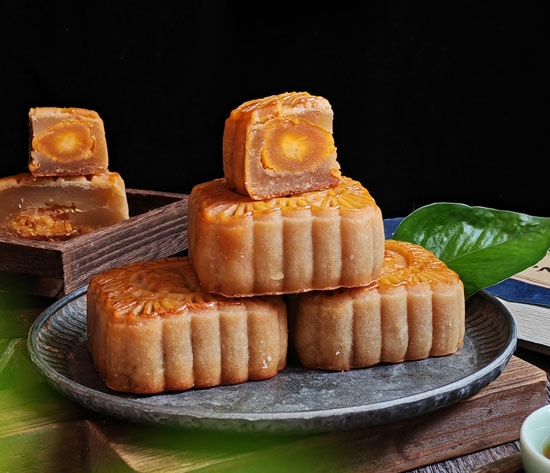
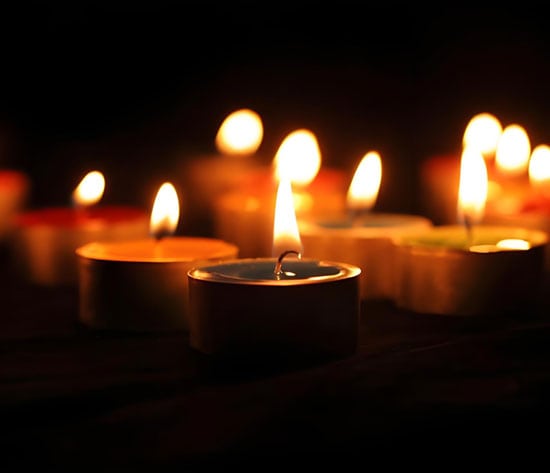
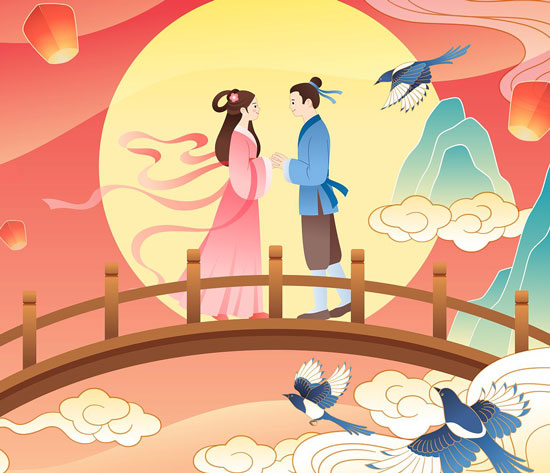
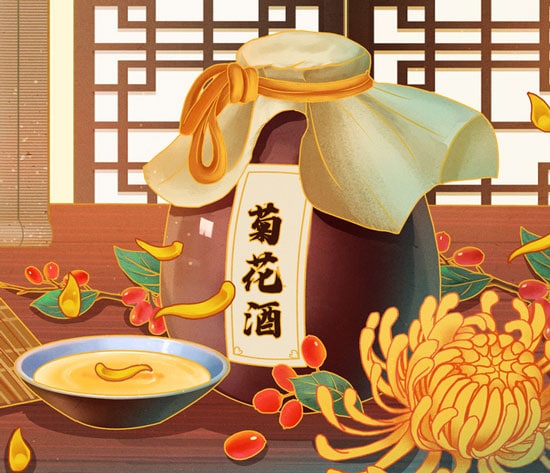
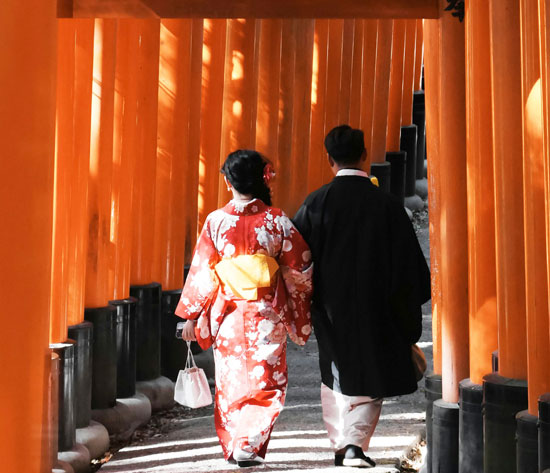
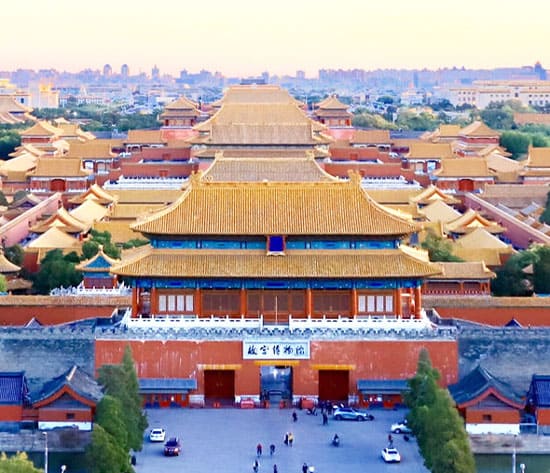
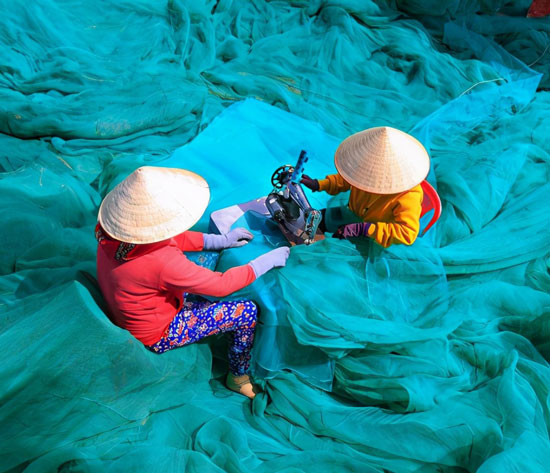
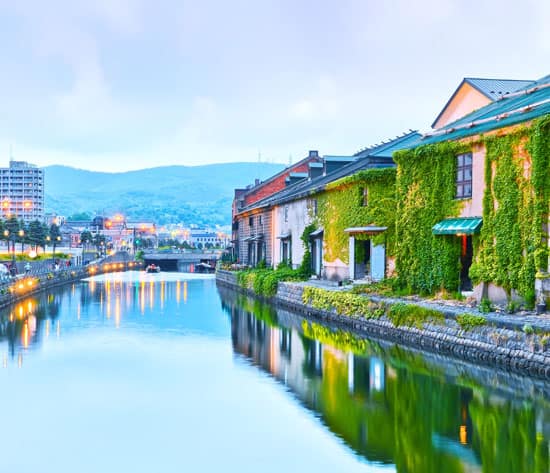
Have a Question?
You might see your comment appear on this page, but your email address and full name will not be published. Your personal information will remain confidential. Our Asia travel experts will get back to you as soon as possible. Required fields are marked *